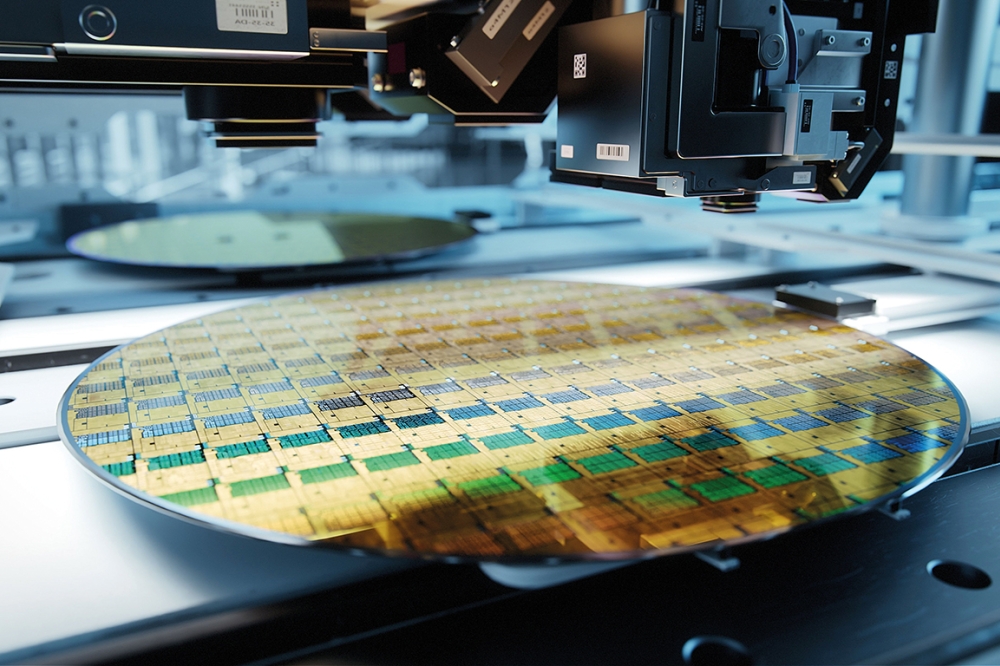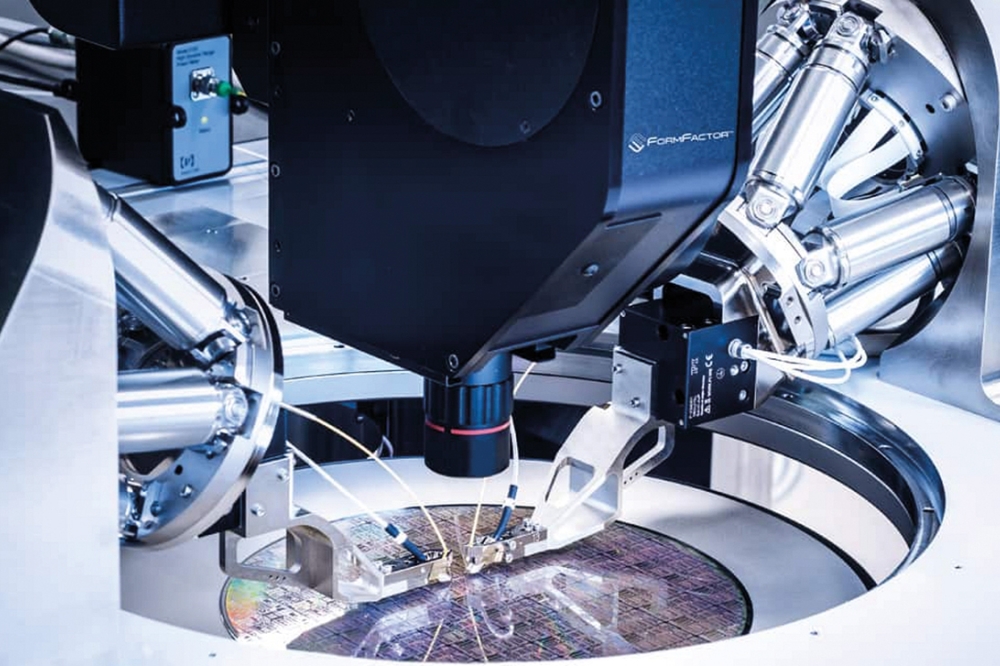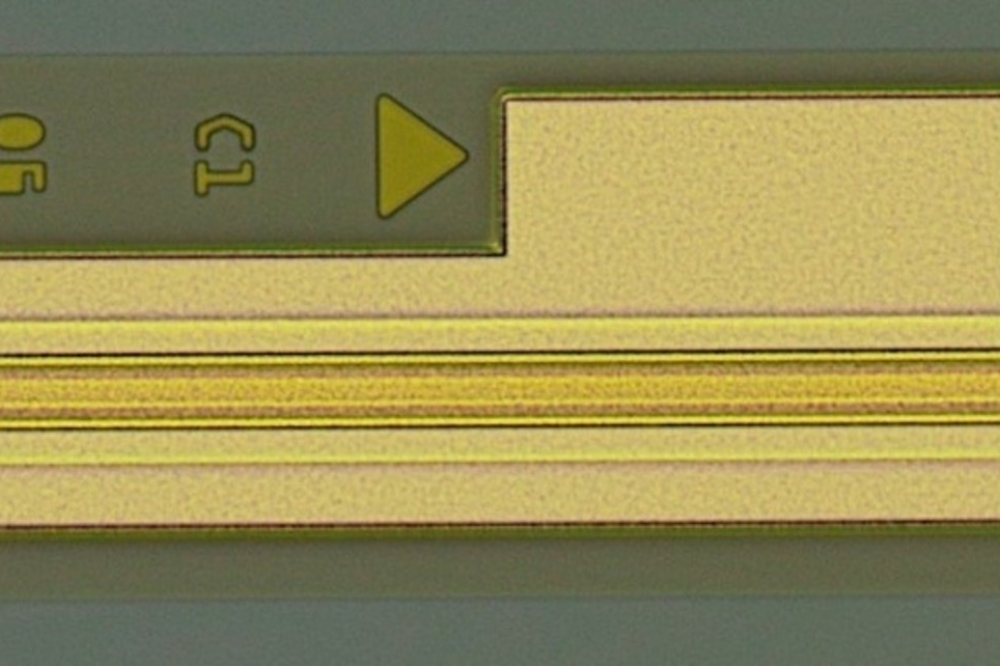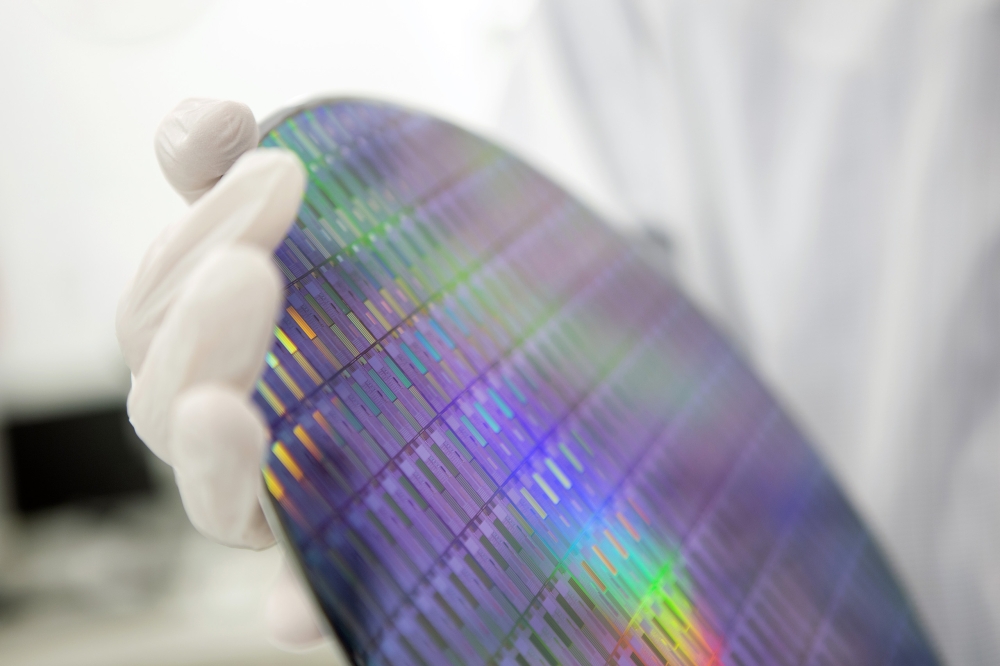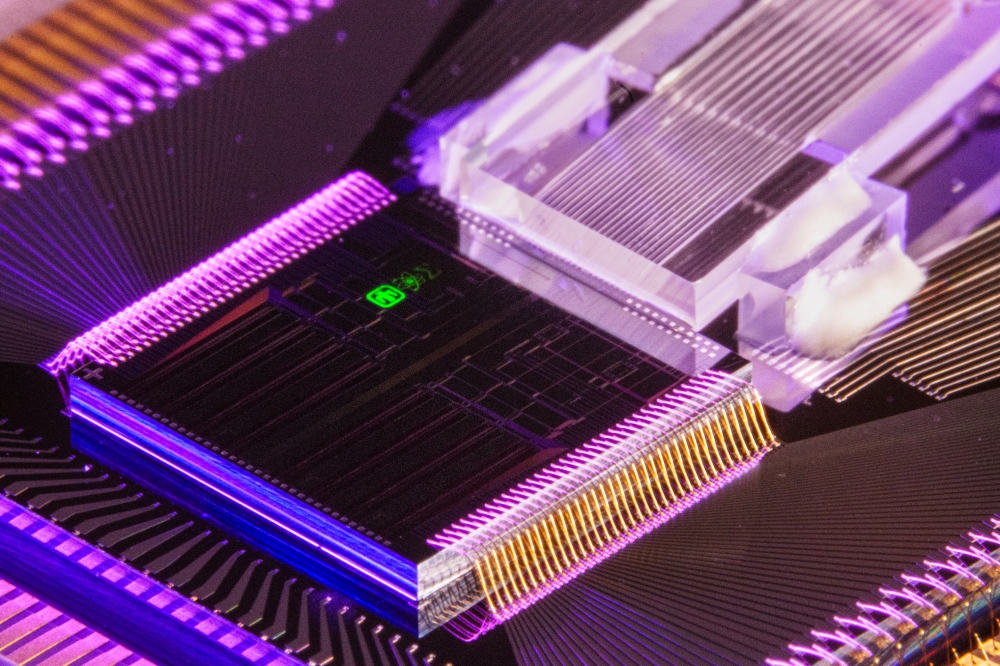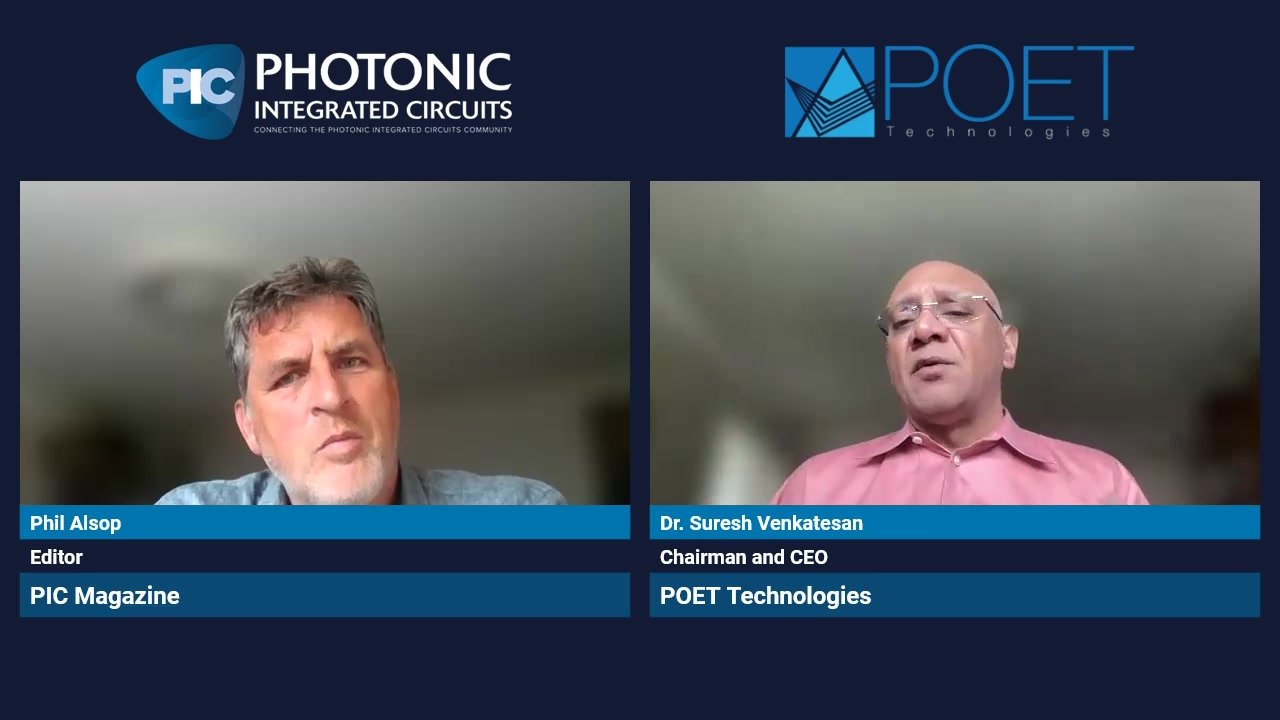News Article
Bell Labs showcases next-generation InP optical transmission technologies
The research arm of Alcatel-Lucent showcased the InP photonic integrated circuits (PICs) at OFC and NFOEC in California.
The Bell Labs division of Alcatel-Lucent has demonstrated what it claims is the first fully-integrated optical Orthogonal Frequency Division Multiplexing (OFDM) generator that is based on InP PICs. This is a key step forward in making OFDM systems that are cost and power efficient enough for practical use.
The scientists also demonstrated a range of optical technology advances at the optical industry’s annual Optical Fibre Communication Conference and Exposition (OFC) and National Fibre Optic Engineers Conference (NFOEC) in Los Angeles, California.
The next-generation optical innovations showcased by Bell Labs at OFC/NFOEC address some of the most pressing challenges facing the optical industry: satisfying exponential growth in demand for network capacity and higher data rates while contending with increasingly severe technical limitations and cost constraints.
The solutions presented by Bell Labs feature a range of novel techniques that make it possible to transmit data at significantly higher bit rates and over significantly longer distances than what is possible today.
They accomplish this by applying higher-order signal modulation to achieve greater spectral efficiencies and heightening the sensitivity of optical receivers to a point approaching their fundamental limit. The technology exploits new multimode transmission to increase the capacity of optical networks by orders of magnitude.
Doubling spectral efficiency, they have achieved a per line transmission rate of 256 Gb/s over a distance of 400 kilometres. The rate achieved in this experiment is more than twice that which is achievable today with the 100 Gb/s systems that are just coming on the market. The solution makes use of a high powered electronic circuit that converts analogue signals to digital and employs a sophisticated 64-QAM modulation (Quadrature Amplitude Modulation) scheme
The technology has reduces the number of photons needed to transmit information by half and achieved a record degree of sensitivity by applying an advanced 16-ary-pulse-position-modulation scheme.
The firm says this is the first ever demonstration of transmission over a new multimode fibre type that has the potential to increase the capacity of a single fibre strand by an order of magnitude. This demonstration takes advantage of advanced fibre design, digital signal processing, and sophisticated mode or core coupling.
Bell Labs has demonstrated the first fully-integrated optical Orthogonal Frequency Division Multiplexing (OFDM) generator that is based on photonic integrated circuits using InP. This is a key step forward in making OFDM systems that are cost and power efficient enough for practical use.
Finally, Bell Labs presented specifications for new transport network protocols that will enable enterprises to more easily access large scale data processing capabilities (High Performance Computing) while facilitating outsourcing of their computing infrastructure (Cloud Computing).
Bell Labs demonstrated how network service providers will be able to maintain contracted levels of service for business applications delivered from the cloud using the new protocol specifications in conjunction with high speed wavelength-switched optical network connections that can be configured on the fly.
These innovations represent significant advances in the evolution of optical transmission over the mid to longer term by being able to accommodate demand for increasingly higher transmission speeds required to meet rapidly increasing demand for bandwidth.











